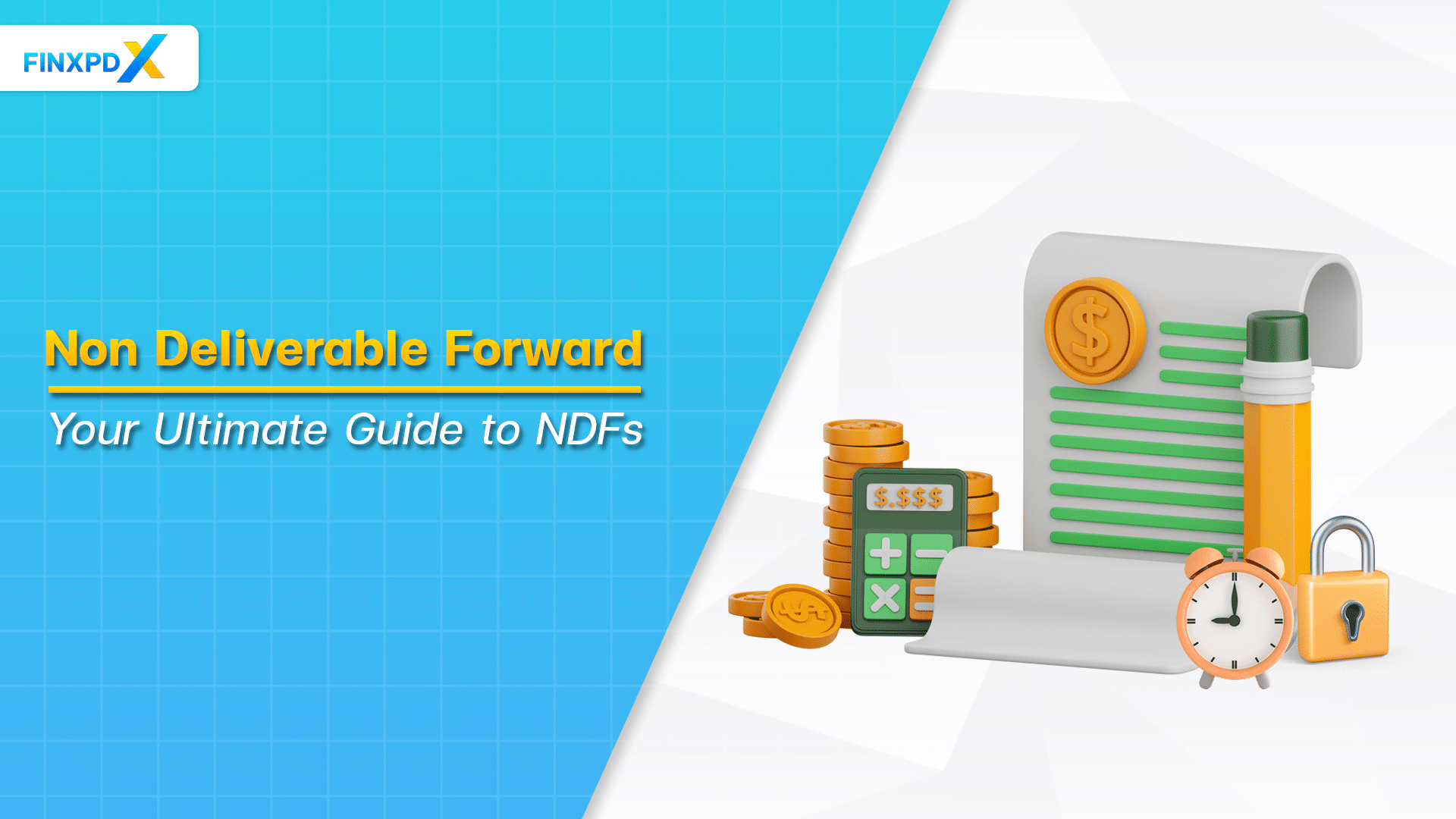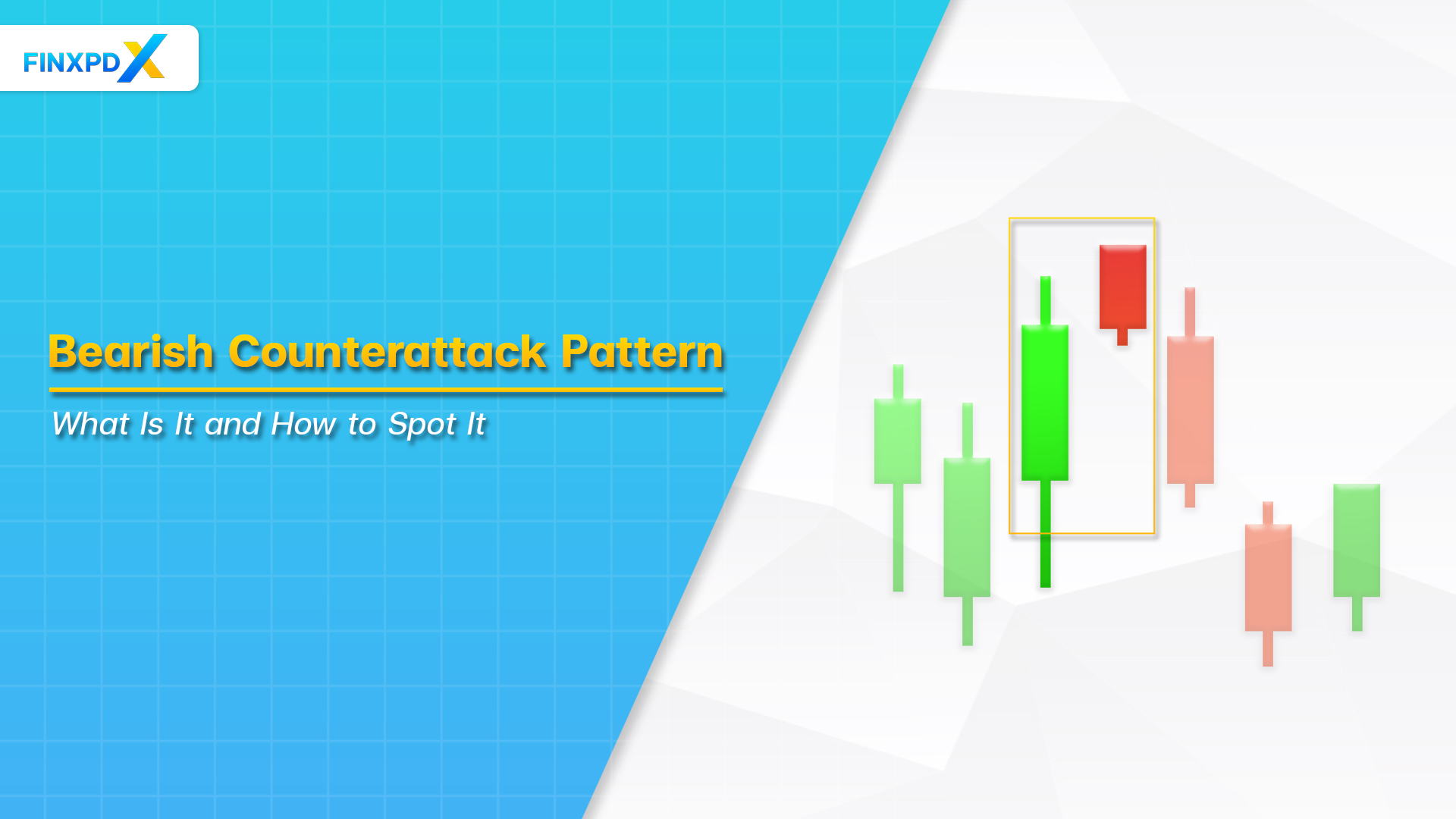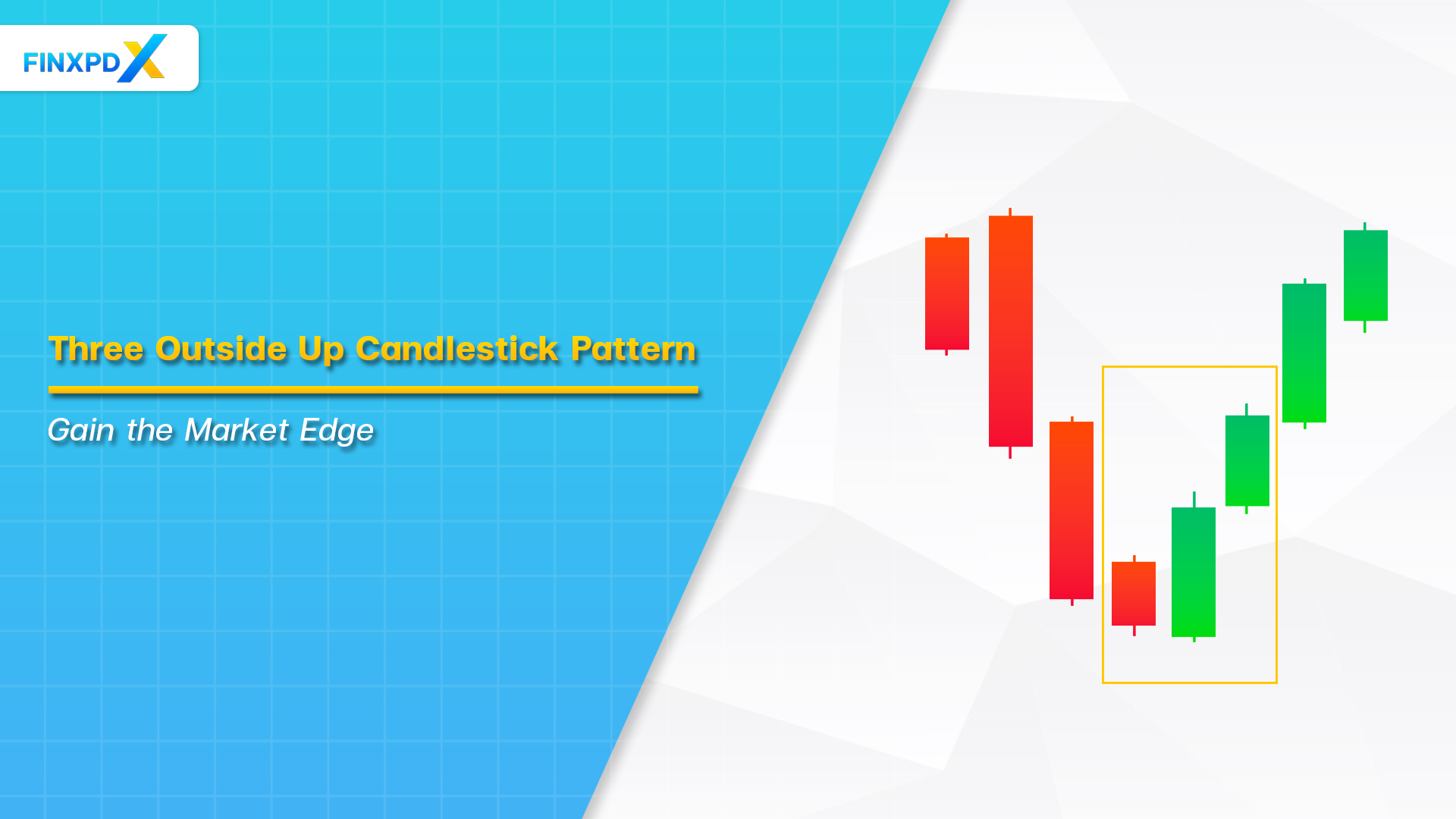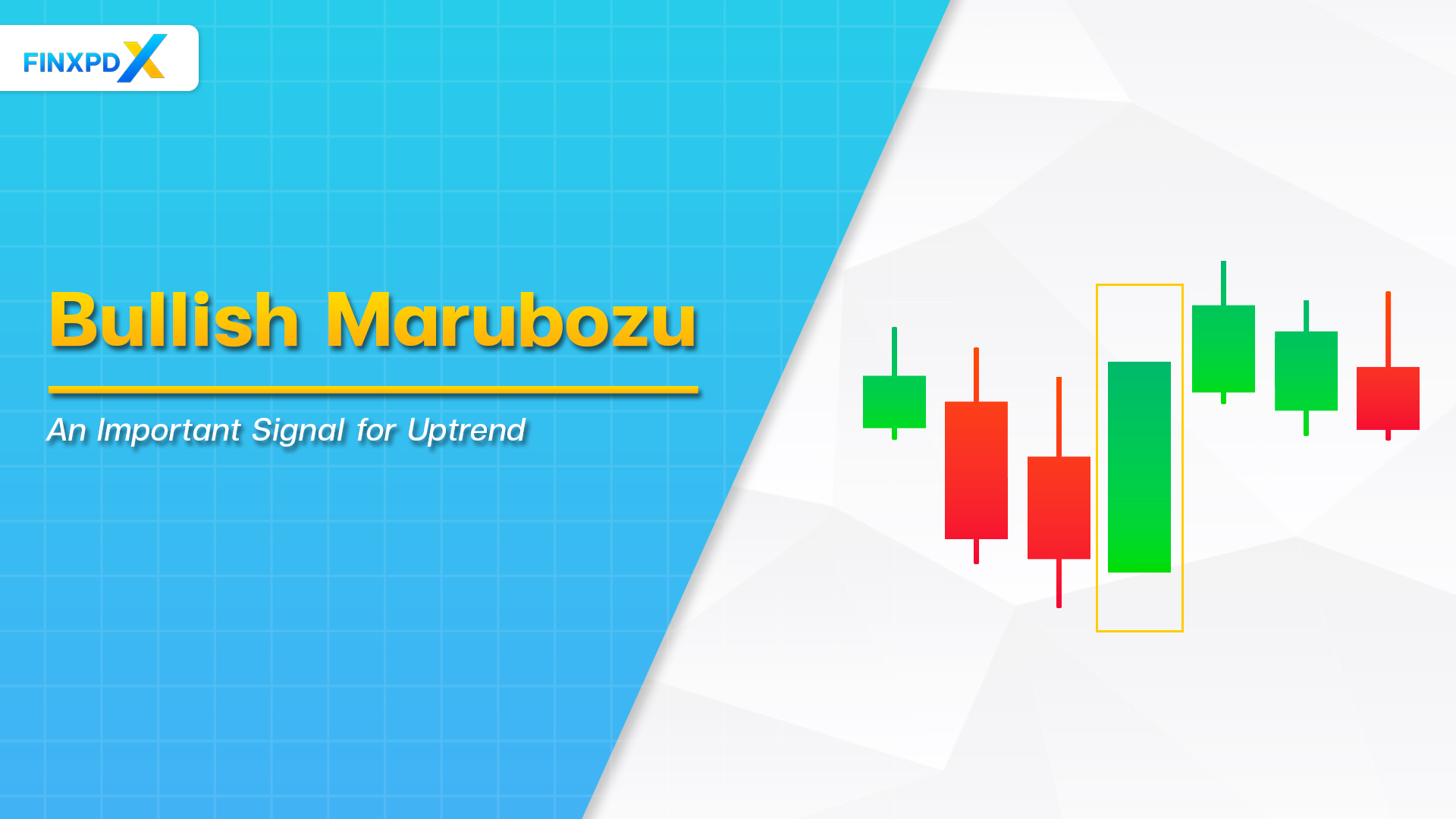Among various instruments and terms in the financial world, a non deliverable forward (NDF) is a financial instrument that has gained prominence, especially in forex markets.
Whether you’re a professional investor or new to financial markets, this article aims to explain an NDF, offering a clear understanding of its nature, operation, and their place in the financial landscape.
What Is a Non Deliverable Forward (NDF)?
A non deliverable forward (NDF) is a type of financial contract, primarily used in foreign exchange markets. Unlike traditional forward contracts, NDFs don’t involve the physical delivery of currencies. Instead, they settle in cash, based on the difference between the predetermined exchange rate and the prevailing market rate at maturity.
Key Takeaways
- Non deliverable forward (NDF) is a financial derivative used in forex markets to hedge or speculate on currencies not freely convertible.
- These contracts are settled based on the difference between the agreed exchange rate and the market rate at maturity.
- NDFs differ from deliverable forwards in terms of settlement, usage, and market accessibility.
- Regulatory requirements for NDFs vary by region and are vital to consider for compliant trading.
How Does a Non Deliverable Forward Work?
Initially, two parties agree to a contract to exchange currencies at a specific rate on a future date, known as the forward rate. This rate is often derived from the current spot rate and adjusted for interest rate differentials between the two currencies.
As the maturity date arrives, the difference between the contract rate (agreed-upon rate) and the prevailing market rate (spot rate) is calculated. If the market rate is higher than the contract rate, the seller pays the buyer the difference, and vice versa.
This settlement is always in a convertible, usually more stable currency, like the U.S. dollar. Importantly, a non deliverable forward allows parties to hedge against currency risk without needing to handle the actual currencies involved.
Examples of Non Deliverable Forward (NDF)
Non deliverable forward is a versatile financial instrument used in various scenarios, especially in forex markets. Here are some detailed examples illustrating how NDFs are commonly employed:
1. Hedging Currency Risk for Export Transactions
A U.S. company exporting goods to Vietnam agrees to receive payment in Vietnamese Dong (VND). To hedge against the risk of VND depreciating against the USD, the company enters an NDF. The NDF allows the company to lock in an exchange rate, ensuring stability in its revenue regardless of VND fluctuations.
2. Investment Protection in Emerging Markets
An investment firm in Europe invests heavily in Indian markets. Since the investments are denominated in Indian Rupees (INR), the firm faces currency risk. Using an NDF, the firm hedges against the risk of the INR depreciating against the Euro (EUR), ensuring their investment value doesn’t decline due to currency volatility.
3. Corporate Earnings Stabilization
A multinational corporation with significant revenues in Indonesian Rupiah (IDR) uses NDFs to stabilize its earnings. Since the IDR is sensitive to volatility, the corporation enters into NDF contracts to manage the risk of adverse currency movements impacting its reported earnings in its base currency.
Difference Between Deliverable Forward and Non Deliverable Forward
In the world of foreign exchange, two commonly used instruments are deliverable forwards (DFs) and non deliverable forwards (NDFs). While they share some similarities, there are distinct differences in settlement, market present, and purpose, as follows:
| Aspect | Deliverable Forward (DF) | Non Deliverable Forward (NDF) |
|---|---|---|
| Settlement | Results in the actual exchange of currencies on the maturity date. | Settles in cash, without any physical exchange of the underlying currencies. |
| Markets | Common in more open, liquid markets. | Prevalent in markets with capital controls or restrictions on currency convertibility. |
| Purpose | Used for hedging and speculation. | Particularly useful in markets where traditional forwards are not feasible due to regulatory restrictions. |
Pros and Cons of Non Deliverable Forward
Pros
- Hedge Against Currency Risk: Non deliverable forward provides an effective tool for managing exposure to foreign exchange risks.
- No Physical Delivery Required: This makes them simpler and less costly in terms of transaction handling.
- Accessibility: NDF is accessible in markets where traditional forwards are not available or practical.
- Flexibility: They offer customization in terms of contract size, maturity dates, and terms.
Cons
- Counterparty Risk: The risk that the party required to pay the settlement might default at the contract’s maturity.
- Limited Market Depth: NDF markets may be less liquid than those for deliverable forwards, potentially leading to higher transaction costs.
- Regulatory Risks: Changes in regulations can affect the NDF market, introducing uncertainties.
- No Physical Asset: Being cash-settled, they do not involve the actual currencies, which can be a disadvantage in certain strategies.
Conclusion
Non deliverable forward (NDF) is a pivotal financial tool in the global market, particularly valuable in managing currency risks associated with emerging and restricted markets. Its ability to provide financial stability without the need for physical currency exchange makes it an essential instrument for businesses and investors in the foreign exchange market. Understanding their working mechanism, advantages, and potential risks is crucial for effective usage
FAQs
A non deliverable forward (NDF) is a financial contract in forex markets where parties settle the difference between an agreed exchange rate and the market rate in cash, without physically delivering the currency.
Yes, an NDF is commonly used for hedging against currency fluctuations, especially in markets with restrictions on currency convertibility.
Regulatory requirements for NDF vary by region and include reporting, documentation, and compliance with local financial regulations.
The key benefits include managing exchange rate risks, accessibility in markets with currency restrictions, and not requiring physical currency delivery.
Risks include counterparty risk, market risk, and potential impacts from regulatory changes.
Related Articles:
- Currency Hedging: A Lifeline in Volatile Foreign Markets
- Top 10 Lowest Currency in the World in 2023
Read more: Forex








